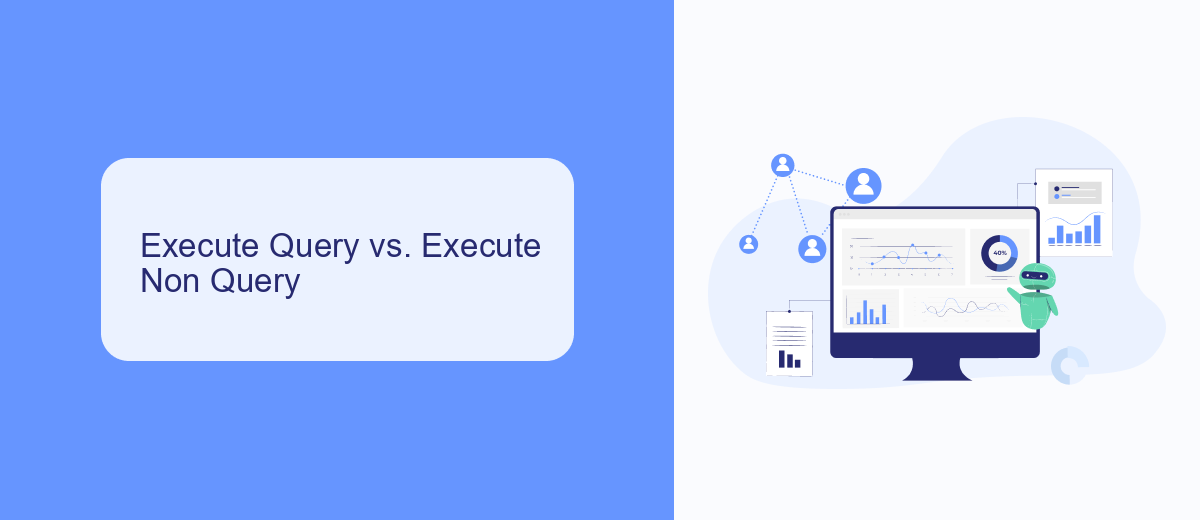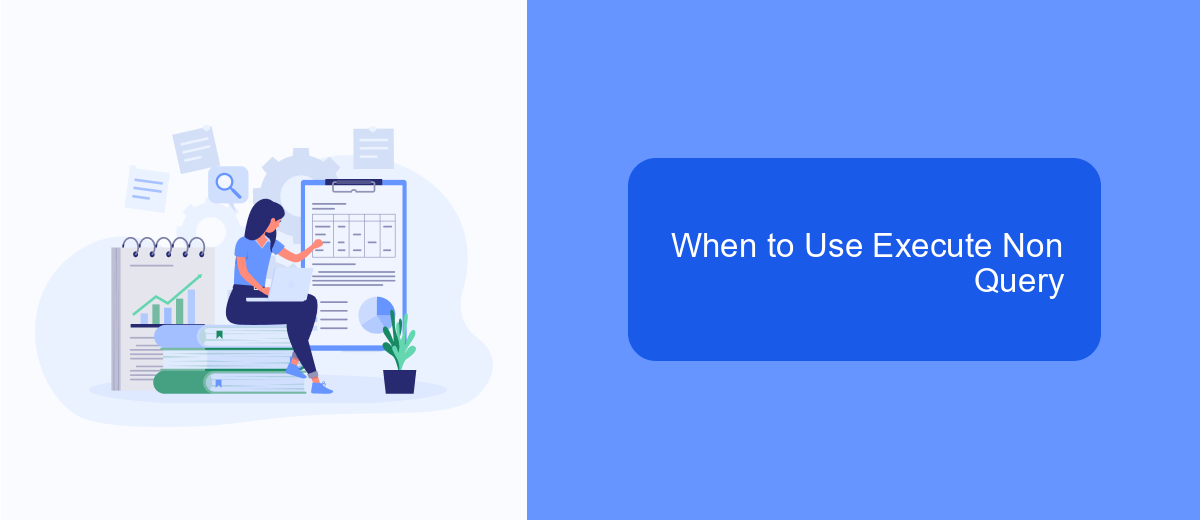When working with databases in UiPath, understanding the differences between Execute Query and Execute Non Query activities is crucial. Execute Query is used for retrieving data, while Execute Non Query is meant for performing operations like inserting, updating, or deleting records. This article delves into the specifics of each activity, helping you choose the right one for your automation needs.
Introduction
In the realm of automation, UiPath stands out as a powerful tool for streamlining processes. One of the critical aspects of automation is database interaction, which involves executing queries to retrieve or manipulate data. UiPath provides two primary activities for this purpose: Execute Query and Execute Non Query. Understanding the differences between these two can significantly impact the efficiency and effectiveness of your automation workflows.
- Execute Query: Used for retrieving data from a database.
- Execute Non Query: Used for performing database operations like insert, update, or delete.
Choosing the right activity is crucial for the success of your automation projects. For instance, when integrating with external services like SaveMyLeads, which helps automate lead management, knowing when to use Execute Query versus Execute Non Query can ensure that data is handled correctly and efficiently. This section will delve deeper into these activities, providing insights and best practices for their use in UiPath.
Execute Query vs. Execute Non Query

When working with UiPath to interact with databases, understanding the difference between Execute Query and Execute Non Query activities is crucial. Execute Query is primarily used to retrieve data from a database. This activity executes a SQL query and returns the result set, which can be processed further in the workflow. It is ideal for SELECT statements where the goal is to fetch data without modifying the database.
On the other hand, Execute Non Query is used for executing database commands that do not return data. This includes INSERT, UPDATE, DELETE, and other statements that modify the database. Execute Non Query is essential when you need to change the database's state. For instance, integrating with a service like SaveMyLeads can benefit from Execute Non Query to update lead information dynamically based on workflow conditions, ensuring seamless data synchronization across platforms.
When to Use Execute Query

Using Execute Query in UiPath is essential when you need to retrieve data from a database. This activity is particularly useful for scenarios where you need to read records, generate reports, or perform data analysis. Execute Query allows you to run SQL SELECT statements and fetch the required data efficiently.
- Generating detailed reports from your database for business insights.
- Reading specific records to validate data integrity or perform checks.
- Extracting data to be used in other parts of your automation workflow.
- Fetching information for integration with other systems or services.
For instance, when integrating data across multiple platforms, using a service like SaveMyLeads can streamline the process. SaveMyLeads allows seamless data transfer and integration, ensuring that the data fetched using Execute Query is utilized effectively in your automation workflows. This combination enhances the efficiency and accuracy of your automated tasks.
When to Use Execute Non Query

Execute Non Query is a fundamental method used in UiPath for executing SQL statements that do not return any data. This includes operations such as INSERT, UPDATE, DELETE, and other commands that modify the database without retrieving any records. It is particularly useful when you need to make changes to the database structure or update data without the need for a result set.
When working with automation processes that involve database interactions, it is crucial to understand when to use Execute Non Query. This method is ideal for scenarios where you need to ensure data integrity and consistency across your database operations. By using Execute Non Query, you can streamline your workflows and maintain optimal performance.
- Inserting new records into a database table
- Updating existing records based on specific conditions
- Deleting records that meet certain criteria
- Executing stored procedures that perform data modification
- Creating or altering database structures such as tables and indexes
For businesses looking to automate their database operations efficiently, integrating services like SaveMyLeads can be beneficial. SaveMyLeads helps automate the transfer of lead data into your CRM or other systems, ensuring that your database remains up-to-date without manual intervention. This integration can complement the use of Execute Non Query in UiPath, providing a seamless and automated data management solution.
Conclusion
In summary, understanding the differences between Execute Query and Execute Non Query activities in UiPath is crucial for optimizing database interactions within your automation projects. Execute Query is ideal for retrieving data from a database, allowing you to perform read operations and fetch results that can be used in subsequent steps of your workflow. On the other hand, Execute Non Query is designed for executing commands that do not return any data, such as insert, update, or delete operations, making it essential for modifying database records efficiently.
By leveraging these activities appropriately, you can ensure that your automation processes are both efficient and effective. Additionally, integrating services like SaveMyLeads can further enhance your workflows by automating data transfers between various platforms and databases, reducing manual effort and minimizing errors. This integration capability allows you to focus on more strategic tasks, ultimately improving productivity and accuracy in your automation projects.
- Automate the work with leads from the Facebook advertising account
- Empower with integrations and instant transfer of leads
- Don't spend money on developers or integrators
- Save time by automating routine tasks
FAQ
What is the difference between Execute Query and Execute Non Query activities in UiPath?
When should I use Execute Query in UiPath?
Can Execute Non Query return any data?
How can I handle database connections in UiPath?
Is there a way to automate the integration of database queries with other services?
You probably know that the speed of leads processing directly affects the conversion and customer loyalty. Do you want to receive real-time information about new orders from Facebook and Instagram in order to respond to them as quickly as possible? Use the SaveMyLeads online connector. Link your Facebook advertising account to the messenger so that employees receive notifications about new leads. Create an integration with the SMS service so that a welcome message is sent to each new customer. Adding leads to a CRM system, contacts to mailing lists, tasks to project management programs – all this and much more can be automated using SaveMyLeads. Set up integrations, get rid of routine operations and focus on the really important tasks.

